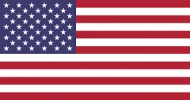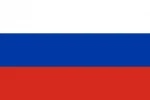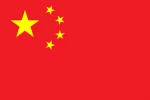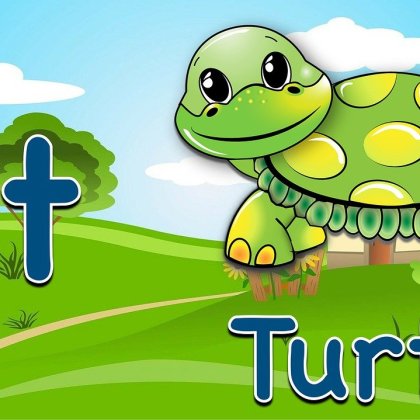Poetry and the power of words

If you love literature books, stories & novel recommendations, find us YouTube
If you love literature books, stories & novel recommendations, find us YouTube
Literature is art. Poetry is the art of the word. There are many forms of art: verbal, sound, plastic, gestural, and so on. Poetry and literary prose, such as narrative, for example, are verbal arts.
The varied styles and musical rhythms make up the sound art. In turn, drawing, painting, photography, printing and sculpture are visual or plastic arts. The various types of dance are sign arts. According to an old definition, plastic arts are "silent poetry". Sure enough, the various art forms give expression to human imagination and technical skill. It is important to note that art without poetry does not exist. Mário Quintana, a Brazilian poet, used to say, "all arts are different manifestations of poetry".
Thus, poetry is a creative form of expression that can manifest itself in many ways, not only through the verse. Poetry is one of the oldest literary expressions of humanity. In the ancient world, poetry was sung with instrumental accompaniment, with flute or lyre. Hence the name "lyric poetry". The sounds of the words and the rhythm of the verses constitute the music of the poem. The poem has rhythms, cadences and sounds that speak to our deepest emotions and feelings.
When we read a poem aloud, we can perceive its rhythm. Repetition is the basis of rhythm. Reading aloud is called interpretive reading. The poet has several resources for the construction of rhythm: the size of verses or poetic lines, the use of rhymes (identity of sounds at the end of words), the accent (strong syllables X weak syllables), repetitions of vowel sounds (assonances) or consonant clusters (alliterations), the meeting of vowels, the strophic combination, etc.
The verse is each line of meaning that makes up the poem. There are authors who write poems with only one verse. For example, Jules Laforgue (1860-1887), when he writes about the summer cicada, he says: "L'insecte net gratte la sécheresse... " (in free translation: "The crisp insect scratches dryness... "). In a poem, the verses are grouped into stanzas or stanzas (this word comes from the Italian stanza and means 'room'), in lines that follow the poetic rhythm. In this way, in poetry words create verses, verses create stanzas and stanzas create poems. In a story, sentences are organized in paragraphs, in straight lines. Words create sentences, sentences create paragraphs and paragraphs create text.
There are two main types of verse: the traditional or orthodox verse, that is, the rhymed and regular verse, which obeys fixed metrification rules (such as syllable counting or stanza format), and the modern or free verse. In reality, it is difficult to define the free verse since it can be both uniform and free, that is, more "loose". The obvious, but not essential, feature is that it dispenses with the rhyme. The free verse seems more open to the anxieties and anxieties of modernity. However, in our modern poetry the rhyme has never been abandoned.
Marco Antonio Bomfoco is a lifelong language and storytelling enthusiast and a passionate advocate of quality education for all. He lives in southern Brazil. You can reach Marco at http://marcobomfoco.blogspot.com/
Article Source: https://ezinearticles.com/expert/Marco_A._Bomfoco/37974
 English
English French
French German
German Russian
Russian 中文
中文




